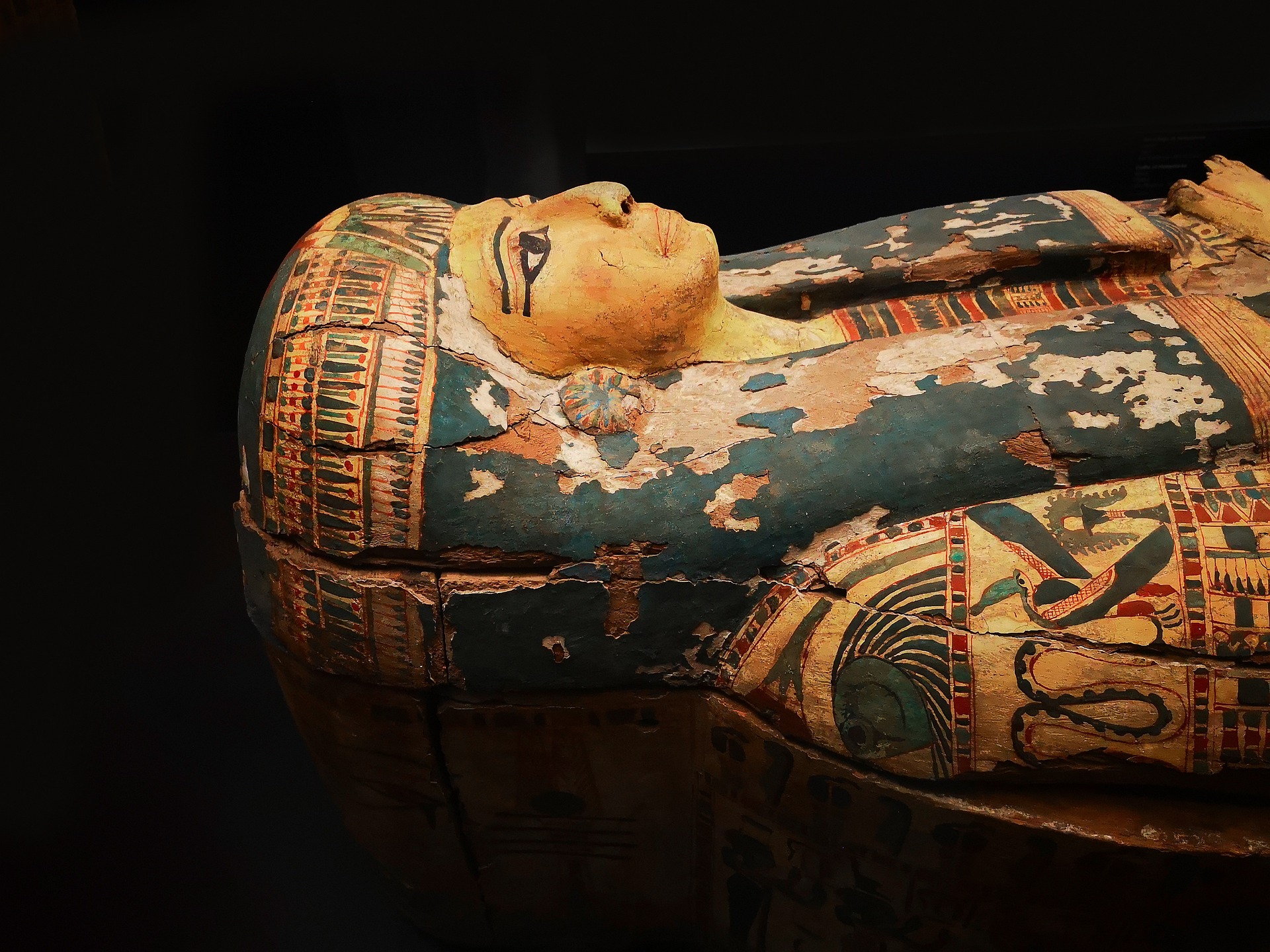Is it possible for mummified remains from thousands of years ago to provide insights into human health and anatomy today? Some scientists at Saint Luke’s Mid America Heart Institute in Kansas City strongly believe it is, supporting their claim with evidence.
Discovering Ancient Heart Disease
Contrary to the belief that heart disease is a recent affliction, new research shows that people in ancient times also suffered from this problem. The study, a wide-ranging study of atherosclerosis old human remains, proves that humans have historically been susceptible to atherosclerosis, a condition where plaque buildup blocks arteries and can cause heart attacks or strokes.
Aiming to find out how common this disease was among ancient humans, the researchers looked at CT scans of 237 adult mummies (91 women, 139 men, and 7 gender unknown). They found signs suggesting these individuals also suffered from this disease arterial wall calcification evident in nearly 38% (about 89) of the mummies’ CT scans pointing towards atherosclerosis.
Mummies From Dramatically Different Backgrounds
One interesting aspect of the study is the diversity of origins of the mummies. These were not limited to one specific time or location. Age, gender, geographic location, culture, race/ethnicity and preservation quality differed among them. Tracing back to seven different cultures over more than 4,000 years they include,
- Ancient Egyptians
- Lowland ancient Peruvians
- Highland Andean Bolivians from ancient times
- Hunter gatherers from Aleutian Islander alive in the 19th century
- Greenlandic Inuits from the 16th century
- Ancestral Puebloans
- Pastoralists from the Middle age Gobi Desert
What Was Found and What It Means
“In both men and women, every time period even before 2,500 BCE all seven cultures studied, elites or otherwise, we discovered atherosclerosis,” said Dr. Randall Thompson, who led the study and is a cardiologist at Saint Luke’s Mid America Heart Institute. “This solidifies our earlier finding that it’s not just a recent condition brought about by current lifestyles.”
The results were shocking since the average lifespan of the sample group was around 43 years, which is lower than today’s norm. Despite this, the findings align with early disease patterns seen in uptodate CT scans.
According to Dr. Thompson, “Modern cardiovascular risk factors like smoking, physical inactivity and poor diet compound with inherent risks connected to aging human bodies increase how severe and influential atherosclerosis might be”, therefore it becomes increasingly important to control manageable risk factors.
Further Context and Future Studies
The research concluded that atherosclerosis has been and remains significantly present in human anatomy impacting current health science as well as past human history. The verifying presence of atherosclerotic calcifications in both Egyptian and non-Egyptian mummies alongside both sexes suggest that heart disease has been an enduring prominent part of human life being sometimes fatal extending back thousands of years.
This research does have limitations identified by the researchers. preservation differences amongst mummies or postmortem changes during mummification could affect findings. Nonetheless, while examining scans they were careful to only attribute areas to atherosclerosis where its presence was certain.
Relevance to the Modern Day
According to Dr. Thompson the study’s meaning for modern health is plain. It emphasizes how crucial it is to manage controllable risk factors like giving up smoking, adhering to a healthy diet and ensuring blood pressure is under control. This research highlights that present-day cardiovascular diseases stem from considerable historical prevalence and are not just consequences of today’s lifestyles.
Introducing Saint Luke’s Mid America Heart Institute
About part of Saint Luke’s Health System, the West Region of BJC Health System hosts Saint Luke’s Mid America Heart Institute. This organization is one of the biggest non-profit healthcare providers in the US. The heart institute appreciated for its cardiovascular services is a teaching associate with the University of Missouri, Kansas City School of Medicine offering heart disease prevention interventional cardiology cardiovascular surgery imaging heart failure and transplant among others.
Fully certified cardiovascular specialist staffing in excess of 100 professionals make up the staff at Saint Luke’s Mid America Heart Institute home to one of the largest heart failure and heart transplant programs in the country. It is a global center for learning about latest coronary revascularization methods and it ranks as 47th nationwide for Cardiology Heart & Vascular Surgery by U.S. News & World Report.
Wrapping Up
The study gives interesting insights into historical patterns of heart disease demonstrating that it’s not only an issue with present-day lifestyles but a condition affecting humans over millennia. By studying ancient mummies, researchers at Saint Luke’s Mid America Heart Institute show how important it is to manage current cardiovascular risk factors resulting in reduced effects from atherosclerosis.










+ There are no comments
Add yours